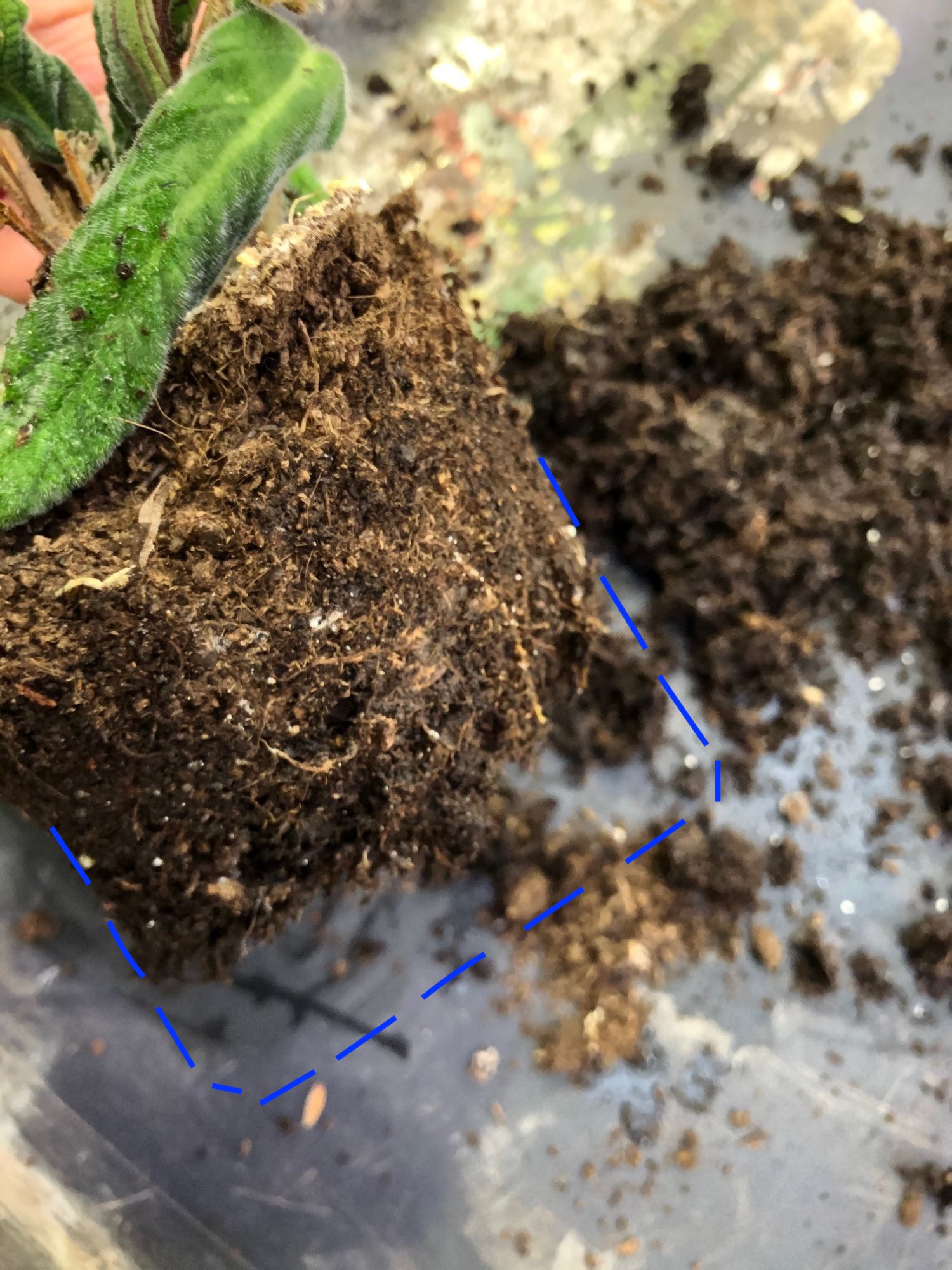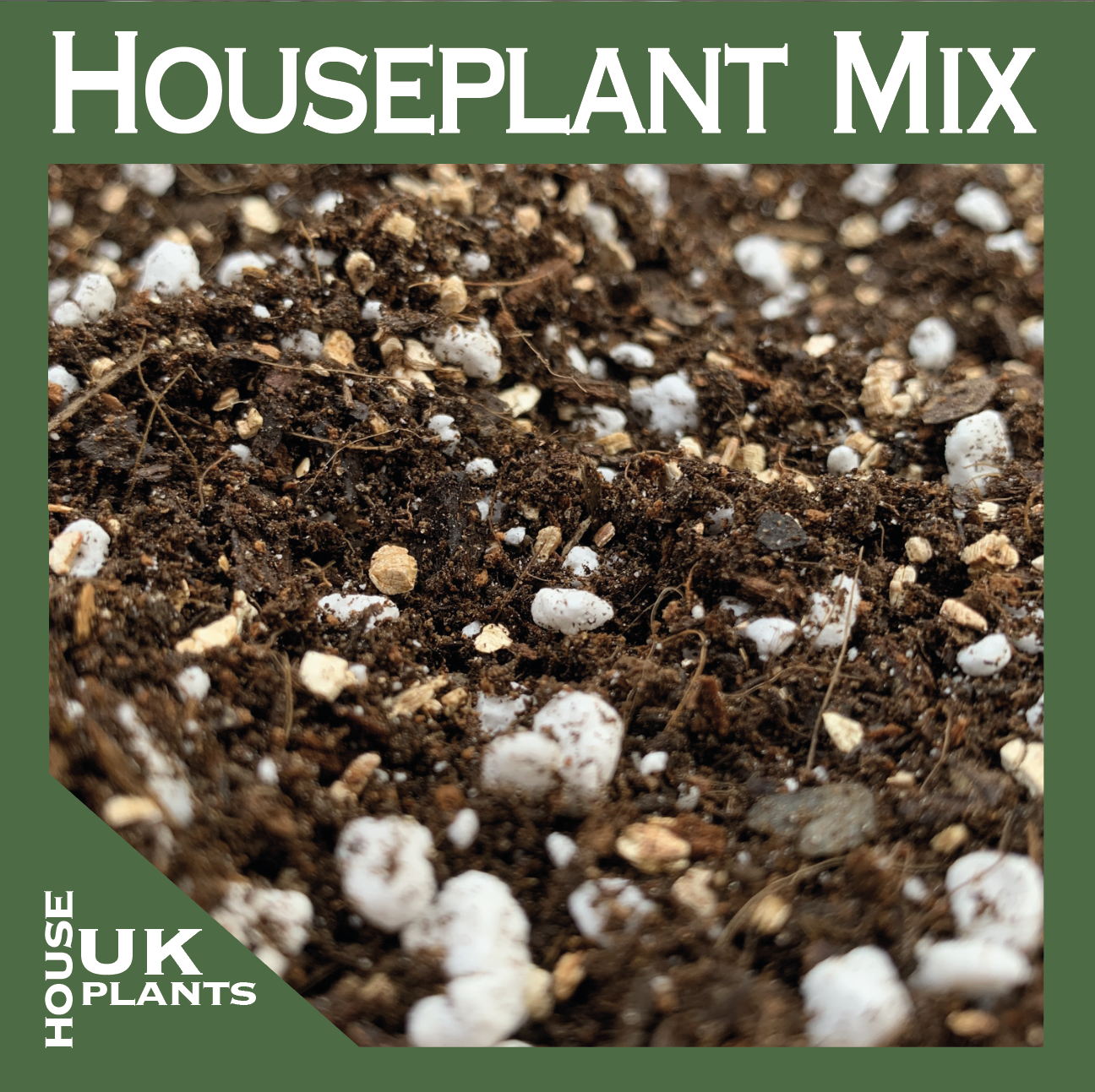Collembola
Contents
- Top Tips & Info
- Are Springtails Bad for Me & My Plants?
- Symptoms
- Susceptible Plants & Parts
- Actions Needed
- Pesticides
- Ways to Prevent an Attack in the Future
Need the answer to a specific plant or pest query? Book a 1-to-1 video call with THE HOUSEPLANT DOCTOR™, the website's friendly author, to overcome and address your niggling problem! Available on iMessage, WhatsApp, Facebook Messenger & more.
Top Tips & Info
- Eradication Difficulty - Easy to Moderate
- Life Cycle - Up to a year.
- Springtails can occur in the composts of both indoor and outdoor plants, rambling across the dirt searching for food and areas to mate and hatch their eggs. They are often present in continually moist or peat-rich soils.
- They can be silver, brown or yellow, measuring up to one-tenth of an inch (0.25cm) when mature.
- Springtails are totally harmless to your plant and are seen as beneficial to the compost's health - scroll down to the following section for information on their benefits!
- They can be brought into the home by contaminated compost and spread to nearby plants by their Furcula (spring-like rear).
- To eradicate the infestation, firstly take the plant out of its pot and remove the top two inches of soil. Have a look at the football's side to see if they are present in deeper portions of the pot. Under no circumstances should you physically pull soil from the roots as this may result in 'Transplant Shock', causing significant damage to the plant's health (wilting, yellowing leaves & plant death).
- Replace the removed two inches of the soil for a fresh batch of 'Houseplant' labelled potting mix. If the critters are present across the whole plant, scroll down to 'Actions Needed for our step-by-step guide.
Are Springtails Bad for Me & My Plants?
The common indoor Springtail will feed on rotten roots, bits of bark and peat. Their speciality to reproduce is in moist, organic matter-rich compost that rarely sees periods of droughts. 'Cactus & Succulent' compost is less likely to support a large infestation when the soil is subject to periods of droughts between waters.
Springtails are entirely harmless for indoor and outdoor plants, feeding only off the compost's properties and avoiding the plant's healthy tissue. Indoor gardeners often remove the infestation purely on a visible aspect, as seeing small silver or brown critters rambling across the soil isn't a pretty sight. Springtails are also harmless to humans, causing no issues of biting or spreading viruses/diseases.
Here's an example of what a Springtail will look like on houseplant soil.
 The 'Furcula' can spring into action when the critter is harassed or in danger. In this image, the Furcula is erect, whereas it would usually be tucked into its underside to avoid being in the way. Copyright: NC State.
The 'Furcula' can spring into action when the critter is harassed or in danger. In this image, the Furcula is erect, whereas it would usually be tucked into its underside to avoid being in the way. Copyright: NC State.
What are the Symptoms of Springtails on Houseplants?
Springtails aren't detrimental to the plant itself, which means you won't see any symptoms arise on its foliage. Instead, have a scan across the soil's top surface for small silver or brown critters that'll parade across the dirt. If you harass them, you'll notice that they have the ability to jump several inches from their standing position - this is the key difference between Springtails, Fungus Gnat larvae & Soil Mites.
What are the most Susceptible Houseplants & Where do Root Mealybugs live on them?
Springtails will occur solely along and beneath the compost line. If you find small golden critters roaming the foliage of your plant, you may be looking at a Thrips infestation.
Plants - Those that require moist soil or grown in peat-rich composts are most likely to be attacked. Arid dwellers, like Cacti and Succulents, are less likely to be attacked due to the drier conditions that may not support a large infestation.
What are the Actions Needed to Stop Springtails on Houseplants?
1. Before sifting through the soil, the first step to do is hydrate the plant. Fingering the dry roots will bring nothing but grief in the form of Transplant Shock, which will only add to the misery.
2. A few hours after irrigation, take the plant out of its pot and inspect the outer surfaces of the rootball - crush each bug or colony as they become visible.
3. Gently remove the soil's bottom quarter by shaking the plant to loosen off the dirt. As it's essential to respect the plant, refrain from unearthing ALL of its root system, or readily snapping its roots. Have a look at the image below to learn more about how much soil you can safely remove without causing Transplant Shock.
 Removing the bottom quarter of the soil will enable you to check if the critters have infested deeper into the compost. The blue line is how large the plant's rootball was before being reduced.
Removing the bottom quarter of the soil will enable you to check if the critters have infested deeper into the compost. The blue line is how large the plant's rootball was before being reduced.
4. Before placing the plant back into its original container, have a scan over the pot, too. Springtails may even attach themselves to the nooks on the pot's inside, potentially reigniting the infestation - wash the pot using warm water and dish soap to destroy any remaining inhabitants for several minutes.
5. Place an inch of the appropriate potting-mix into the pot's base and place the rootball on top. Pour more compost over the plant's soil to fill the remaining gaps between the rootball and its pot. If you need help choosing the right mix for your plant, send us a message to be pointed in the right direction.

We sell top-quality indoor soil mixes for every houseplant, which comes in a resealable bag and FREE Delivery. Click on the link to find out more...
6. Once the plant is back in its pot, don't tinker with the roots again unless the symptoms progressively worsen. The final step to eradicate Springtails is to choose between using either an organic or chemical-based pesticide.
Products
Organic Product
Insecticidal or Horticultural Soap is another popular organic pesticide on the market, and there are two versions to consider. The first way is by purchasing an RTU (ready-to-use) spray bottle, which can be immediately used on the plants. Although most garden centres will stock this, it's far more economical to purchase the second option - concentrated bottles. This method comes with pro's and con's but is far cheaper to use if you have multiple infestations. It's self-explanatory and highly beneficial for the outbreak as long as you use the correct levels of dilution - the only downside is its availability in local centres. It's best to buy this option online as there are many different companies to choose from, with some being cheaper than others.
Chemical Product
Hydrogen Peroxide - As the first method will take several weeks to eradicate, you may want to consider spending some money on 'hydrogen peroxide'. Now, before you rush to your local garden centre, this chemical is mostly found online, so have a shop around for the best deal here. For every three irrigations, incorporate a splash of the peroxide into its with to administer the pesticide. You'll have to do this for at least three times to stop the chance of a relapse thoroughly. Always follow the manufacturer's recommended dosages as Hydrogen Peroxide may become detrimental to the plant when over-used. A mixture of 1 part 3% hydrogen peroxide to 3 parts water can be mixed to hydrate the soil.
Note: Before using products like this, see if just simply replacing the soil removes the Springtails. These critters are actually beneficial for your houseplants, so never worry about your plant's overall health.
What are the Ways to Prevent Springtails on My Houseplants in the Future?
1. When buying a new plant from a local plant shop or garden centre, check around the common areas for infestations like its leaves, stems and flowers. Most Springtails arise from already-affected plants, so always keep this in mind when increasing your plant-collection!
2. Store your bags of compost well by keeping them tight and enclosed, out of dry or damp areas. Never use soil that has been left outside for any length of time, due to the high risk of contamination.
3. Perform monthly checks for pests on your own plants. Although this may sound patronising, many gardeners forget to inspect their indoor specimens and that's exactly when an infestation can arise.
Book a 1-to-1 Consultation with THE HOUSEPLANT DOCTOR™
Need realtime advice for your Springtail situation? Book a video or message consultation with expert Joe Bagley, THE HOUSEPLANT DOCTOR™ (author or ukhouseplants.com). Choose between a ten or thirty-minute session & a platform of your choice (WhatsApp, FaceTime, Facebook Messenger or Zoom). Ask unlimited questions in one session, including queries on your dying/challenging plants, pests eradication, terrariums, repotting advice & everything in between! Available worldwide.
